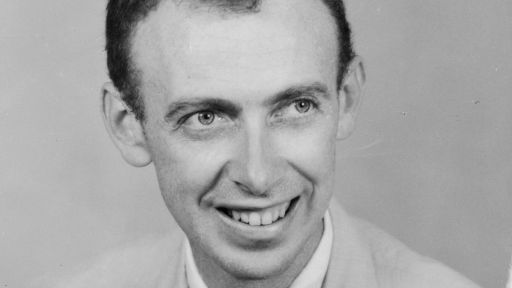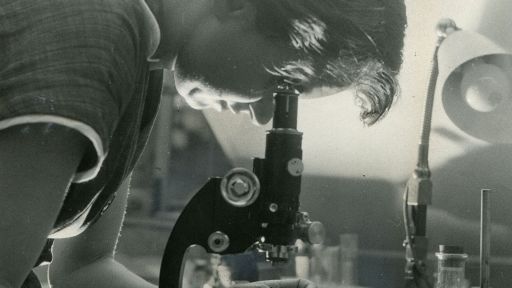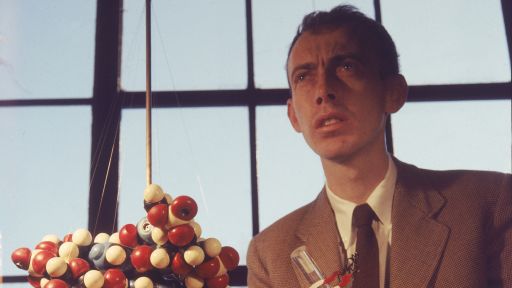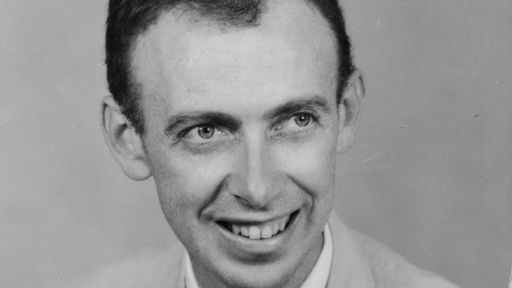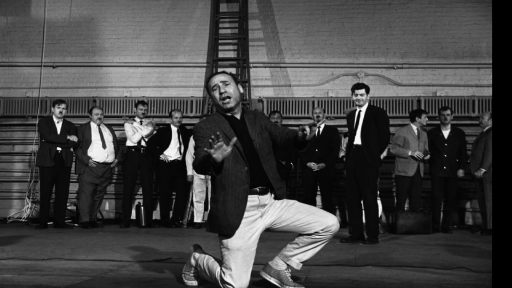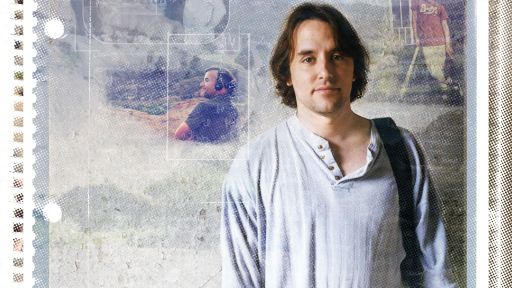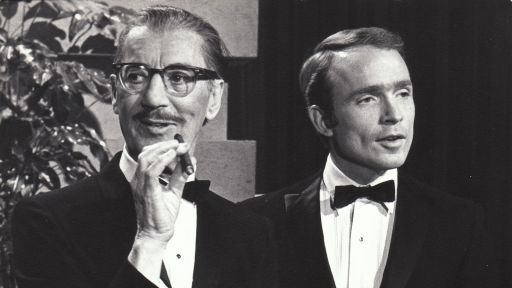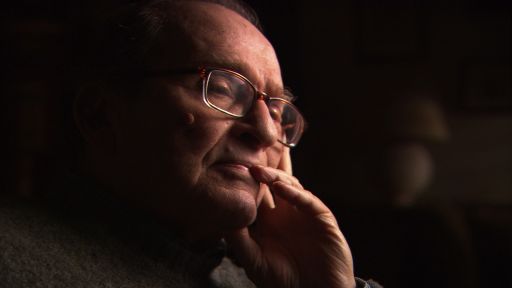DNA Discoveries Before Watson and Crick
James Watson’s discovery of DNA’s structure, the double helix, with Francis Crick in 1953, revolutionized human understanding of how life works, but other pioneering scientists paved the way for their trailblazing work. In 1869, Swiss chemist Friedrich Miescher first identified “nuclein” in the nuclei of human white blood cells, which is known today as deoxyribonucleic acid (DNA). “In 1944, out of left field, came an experiment that changed the game,” science historian Nathaniel Comfort says in this clip from Decoding Watson. The game-changing experiment? Oswald T. Avery, Colin MacLeod and Maclyn McCarty’s groundbreaking study at the Rockefeller Institute, which transformed non-virulent pneumonia bacteria into lethal bacteria, providing definitive evidence that DNA was the molecule of heredity.
Demystifying DNA’s Structure
James Watson and Francis Crick’s discovery of DNA’s structure, the double helix, in 1953, revolutionized human understanding of how life works. But what exactly is DNA, and how does it work? Science historian Nathaniel Comfort, molecular biologist Andrea Morris and author and The New York Times columnist Carl Zimmer explain the science behind the double helix and how it makes each of us genetically distinct.

